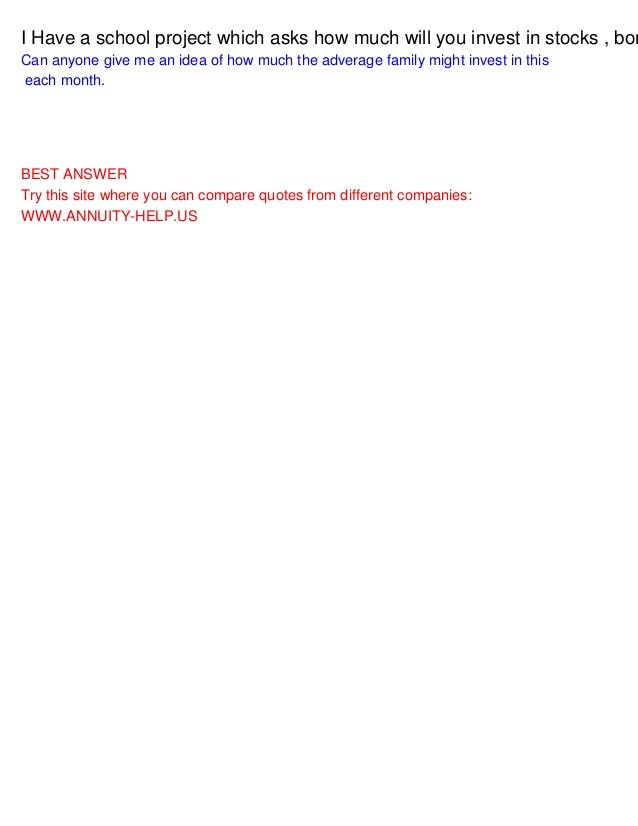How Much to Invest in Stocks and Bonds
Post on: 13 Июль, 2015 No Comment

T he allocation of your investments between stock and bond mutual funds is one of the most important asset allocation decisions youll make. Fortunately, there are some really easy to apply rules of thumb to help us make a reasonable decision. Before we get to how much to invest in stocks vs bonds. however, here are several things to keep in mind:
- Your Allocation Will Change Over Time: The allocation between stocks and bonds typically changes as your investing horizon draws closer. Somebody with 40 years to go before retirement will likely want far more invested in stocks than somebody who will retire in 5 years. When I began investing in my mid-20s, I didnt own any bond funds. I didnt buy my first bond fund until my late thirties, and at 40, my allocation is 80/20 in favor of stock mutual funds. The point isnt that my choices are best, but rather that the allocation between stock and bond funds will change over time.
- There is No One Right Answer: Although the rules of thumb discussed below are helpful, there is no one right allocation between stocks and bonds. As I discussed in the article yesterday about why asset allocation is important. understanding your tolerance for risk and desired returns will influence your allocation between stocks and bonds, and these decisions vary from one individual to another.
- Your Tolerance For Risk Changes Over Time: In your 20s when you first start investing, you may not be concerned with a 30% drop in the market. In your 40s with 3 kids and a 5 or 6 figure portfolio, a 30% drop in the market will take on a whole new meaning (trust me).
- Investing is a Learning Process: Ive learned a lot in the 15 years Ive invested, and my opinions about asset allocation and a lot of other financial issues have changed over that time. The point is not to approach these decisions rigidly, recognizing that your views will change.
Enough with the philosophical happy talk, whats the proper allocation? Well, good question. As a starting point, many view a neutral allocation between stocks and bonds to be 60% stocks and 40% bonds. If you read a lot of the literature on asset allocation, youll see the 60/40 split used frequently. According to one report published on FundAdvice.com, a 60/40 allocation produced a compound annual return of 10.4% from 1970 to 2006. Now that doesnt mean that a 60/40 split is right for everybody, which brings us to an oft-repeated formula for determining a reasonable allocation: 120 your age = the percentage to invest in stocks, with the remainder allocated to bonds.
At 40, according to this formula, I should invest 80% in stocks (120-40=80) and the remainder, or 20%, in bonds. As it turns out, the 80/20 split is what I use. Whether the formula is right for you, only you can decide. A more conservative approach is to allocate a percentage to bonds that equals your age. In my case, that would result in a 60/40 split (boy do I feel old right now). In deciding whats best for you, you may want to consider the following data taken from The Intelligent Asset Allocator: How to Build Your Portfolio to Maximize Returns and Minimize Risk , written by William Bernstein:














